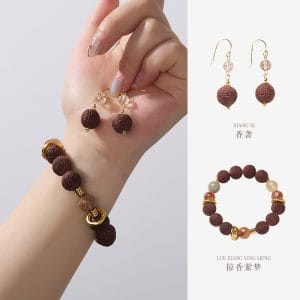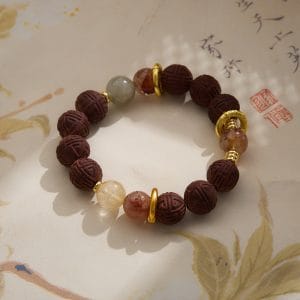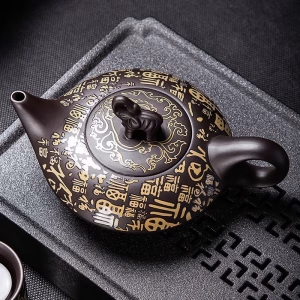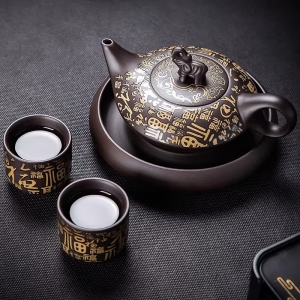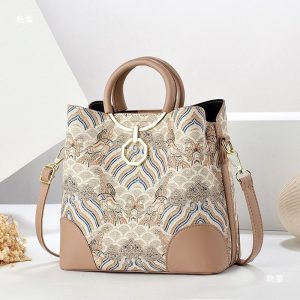The Rising Demand for Traditional Chinese Crafts

In recent years, there’s been a quiet revolution in the global appreciation for Chinese intangible heritage crafts. From delicate porcelain to intricate embroidery, these cultural handmade products are finding new audiences. But what’s driving this sudden surge in interest?Recent industry reports suggest the global market for ethnic handmade crafts grew by approximately 18% last year, with Chinese crafts representing nearly 30% of that segment. Collectors and design enthusiasts alike are drawn to their unique blend of artistry and cultural significance.
Spotlight on Popular Heritage Crafts
Let’s explore some standout examples that are capturing buyers’ attention. Blue-and-white porcelain, with its timeless elegance, remains a perennial favorite. But have you seen the stunning revival of Song Dynasty-style tea ware?Other sought-after items include:
Suzhou embroidery – where a single piece can take months to completeTibetan Thangka paintings – vibrant spiritual artworksYunnan batik textiles – featuring mesmerizing ethnic patternsShandong paper-cuts – delicate red designs symbolizing good fortune
Navigating the Market as a Buyer
With growing interest comes growing challenges. How can you ensure you’re getting authentic cultural handmade products? First, understand that true heritage crafts follow traditional methods – look for artisans’ seals or workshop certifications.Price can be an indicator too. A genuine hand-carved lacquer box from Fujian shouldn’t cost the same as mass-produced decor. But remember, higher price doesn’t always mean better quality – some sellers inflate prices for unsuspecting tourists.
Where to Find Authentic Pieces
For serious collectors, consider these avenues:
Government-certified cultural heritage exhibitionsReputable online platforms specializing in ethnic handmade craftsDirect purchases from recognized master artisansAnnual intangible cultural heritage fairs in major Chinese cities
An interesting case: a Beijing-based designer recently partnered with Yunnan batik masters, creating modern fashion that doubled local artisans’ incomes while preserving their craft.
The Future of Traditional Craft Preservation
As younger generations rediscover their heritage. innovative approaches are emerging. Some workshops now offer immersive experiences where visitors try their hand at these crafts. Others blend traditional techniques with contemporary designs – like porcelain Bluetooth speakers!Surveys indicate about 65% of heritage craft buyers are now under 45. signaling a promising shift in demographics. This new generation values sustainability and storytelling as much as the objects themselves.Ultimately, each purchase of these cultural treasures helps keep ancient skills alive. Whether you’re a collector or simply appreciate beautiful craftsmanship, you’re participating in a centuries-old tradition that continues to evolve.
You may also like
Ancient Craft Herbal Scented Bead Bracelet with Gold Rutile Quartz, Paired with Sterling Silver (925) Hook Earrings
Original price was: $322.00.$198.00Current price is: $198.00. Add to cartAncient Craftsmanship & ICH Herbal Beads Bracelet with Yellow Citrine & Silver Filigree Cloud-Patterned Luck-Boosting Beads
Original price was: $128.00.$89.00Current price is: $89.00. Add to cartBambooSoundBoost Portable Amplifier
Original price was: $96.00.$66.00Current price is: $66.00. Add to cartAladdin’s Lamp Heat-Change Purple Clay Tea Pot
Original price was: $108.00.$78.00Current price is: $78.00. Add to cartGuangxi Zhuang Brocade Handmade Tote – Ethnic Boho Large-Capacity Shoulder Bag
Original price was: $172.00.$150.00Current price is: $150.00. Add to cartHandwoven Zhuang Brocade Tote Bag – Large-Capacity Boho Shoulder Bag
Original price was: $178.00.$154.00Current price is: $154.00. Add to cart

